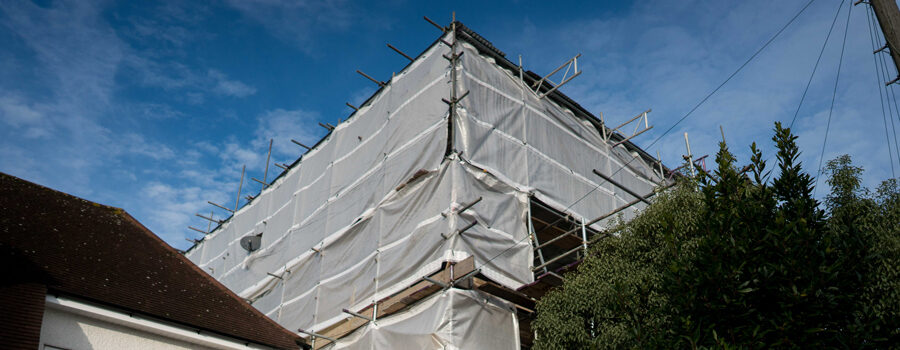Each year, thousands of people look to add living space and re-sale value by improving and extending their homes. Many seek planning permission from their local authority not knowing that an often lengthy planning process could be bypassed altogether thanks to permitted development rights – rights that were permanently loosened in June 2019.
Permitted Development (PD) rights allow you to extend up to a given percentage in volume of an existing house and carry out certain improvements without the need for planning permission. PD rules apply separately to England, Scotland, Wales and Northern Ireland.
The criteria for work carried out under PD is strict, so it is advisable to check with your local authority planning office or have a qualified surveyor confirm that planning permission is not required.
So, what types of work can you carry out under Permitted Development?
You can build an extension
- Extend your property by 8m to the rear with a single storey extension or 6m with a double extension, double the size that was previously allowed. Height and rear boundary restrictions apply.
- The extension must not cover more than half of the garden or go forward of the building line of the original building.
- It must be built in the same or similar material to the existing property
- Side extensions are permitted but subject to height and width restrictions.
- Conservatories fall under the same rules.
You can convert your loft
- The loft can be converted to living accommodation.
- The roof can be extended by up to 40m-cubed for terraces or 50m-cubed for semi-detached and detached properties.
- Dormers and roof windows can be added but must not extend beyond the plane of the roof slope at the front of the house.
- Side-facing windows must be obscure-glazed.
You can build a porch
- The external footprint must occupy no more than 3m-squared and be no higher than 3m above ground level.
- No part of the porch should fall within two metres of the boundary of the original property and the highway.
You can build a shed or greenhouse
- No more than half the area of land around the original property can be covered.
- Outbuildings must be single storey with maximum height restrictions.
- Verandas, balconies or raised platforms are not permitted under PD.
You can add windows and doors
- The insertion of new windows, doors, skylights or roof lights is permitted (although building control may need to be notified).
- A new bay window is treated as an extension.
Your Permitted Development rights
Permitted Development rights only apply to private houses. Flats are excluded, as are listed buildings. Properties in specially designated areas such as Conservation Areas or green belt are also subject to further restrictions.
You can use PD rights as often as you like but your allowances for extension work can be used only once. If you are buying a property, it is your responsibility to find out what PD rights have been used, modified or withdrawn.
While it should be possible in most cases to determine if your project qualifies as Permitted Development, there will be instances where further clarification is needed. Rather than submit a planning application, you may apply for a Lawful Development Certificate (LDC). This is a formal application for your local authority to decide if a project requires planning consent or not.
Your local authority planning department may have removed some of your permitted development rights by issuing an Article 4 direction. This means that you will need to submit a planning application. Before any work begins, you should contact your local planning office and discuss your project.
Visit the Planning Portal for more information about Permitted Development and planning permission.

